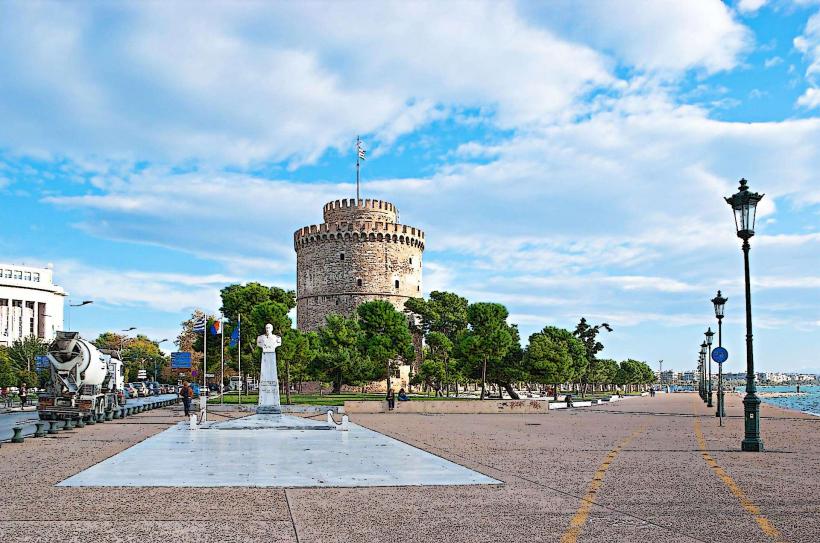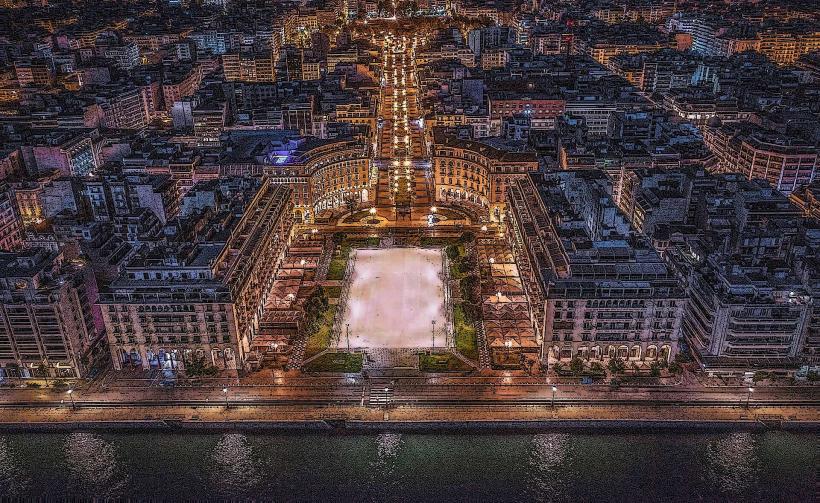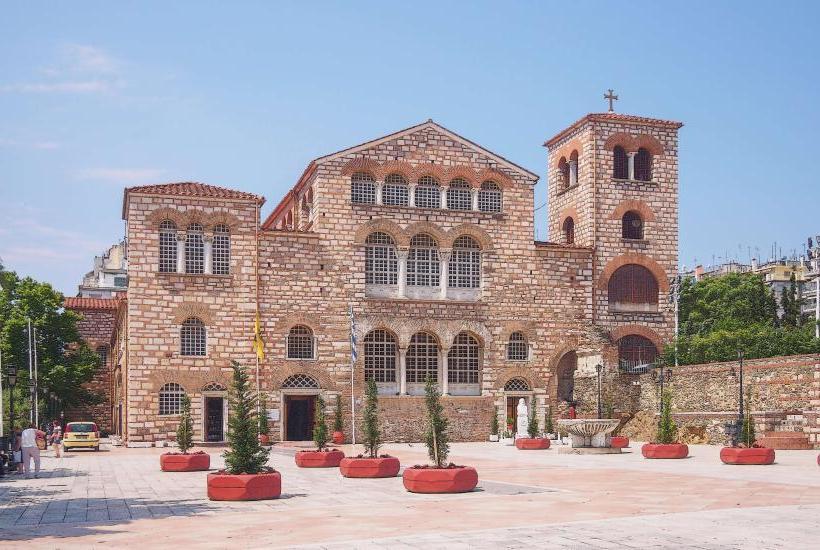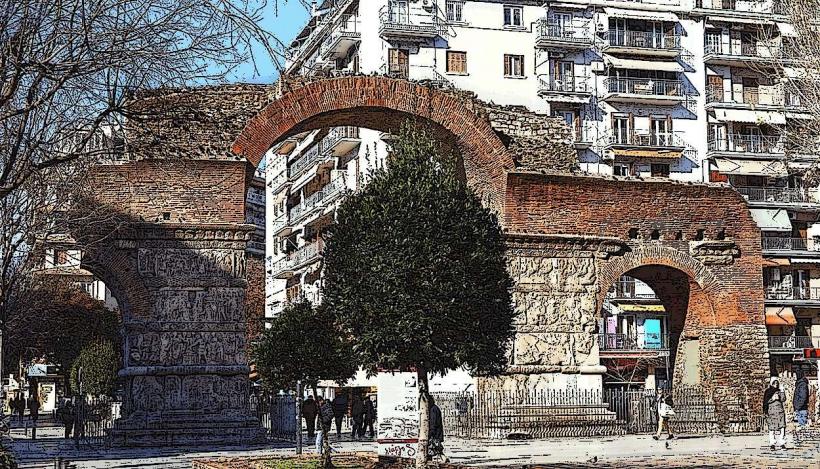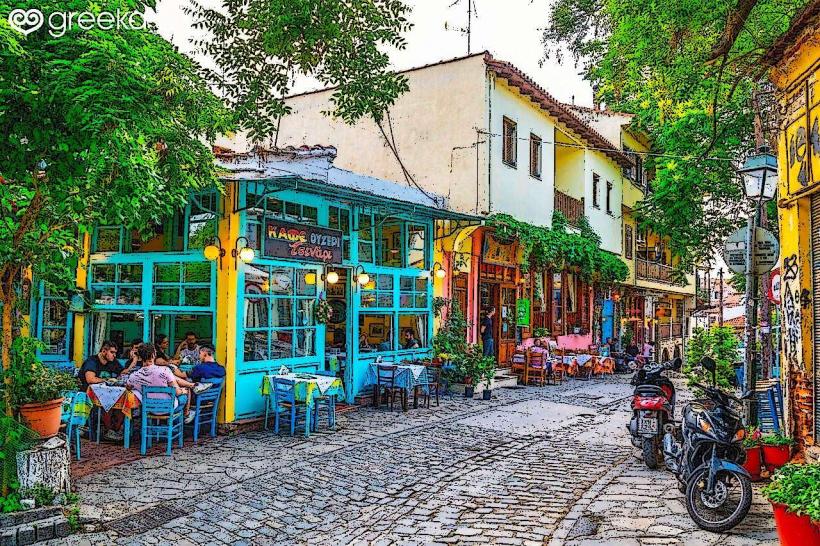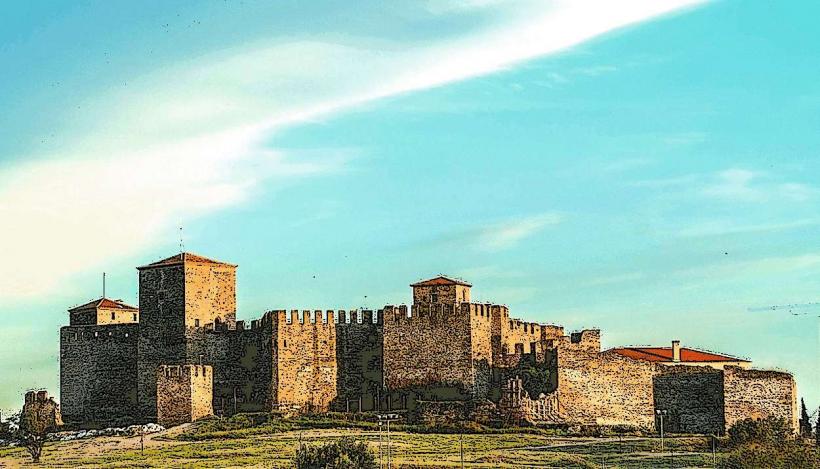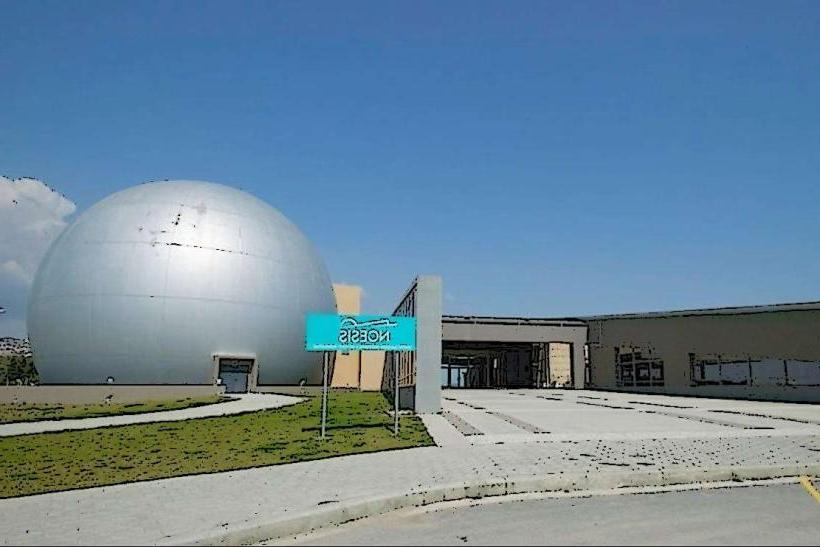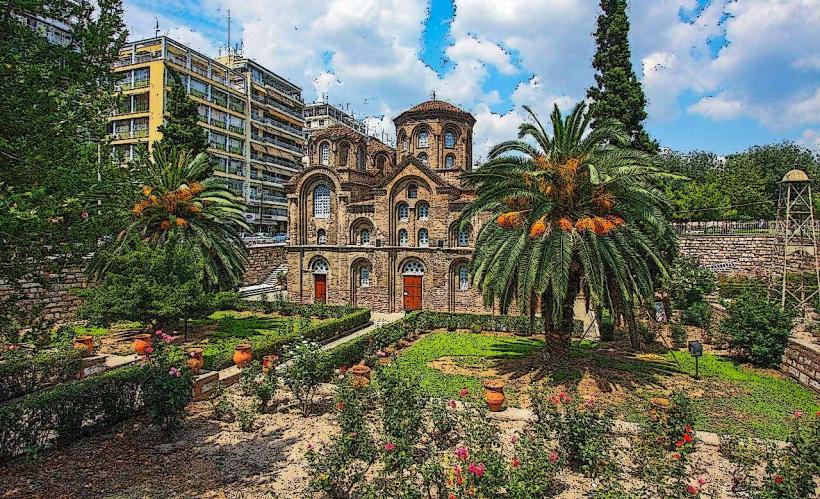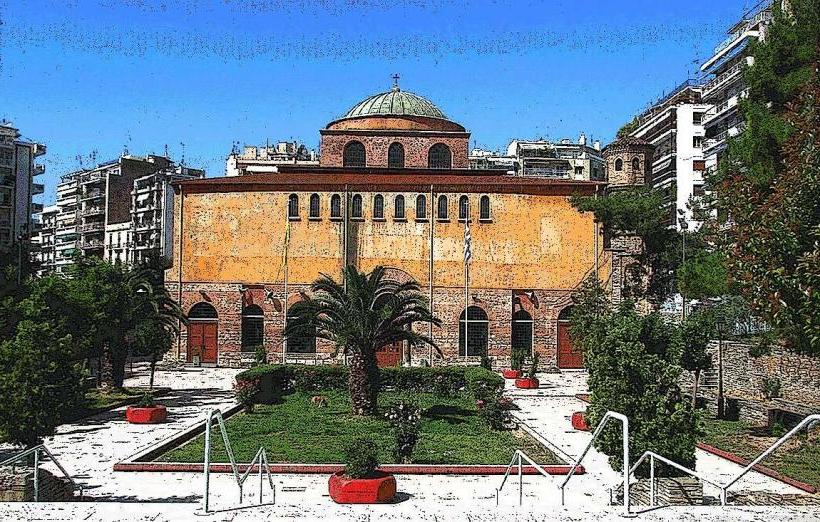Information
Landmark: Museum of Byzantine CultureCity: Thessaloniki
Country: Greece
Continent: Europe
Museum of Byzantine Culture, Thessaloniki, Greece, Europe
Overview
In Thessaloniki, the Museum of Byzantine Culture stands among Greece’s most treasured institutions, showcasing centuries of Byzantine history, art, and daily life-right down to the shimmer of gold leaf on an ancient icon, while it takes you deep into the history of the Byzantine Empire, from the 4th to the 15th century CE, and brings to life Thessaloniki’s pivotal role as a bustling center of faith and culture.Inside the museum, shelves and glass cases brim with artifacts, mosaics, icons, frescoes, and ancient manuscripts, each piece offering a vivid glimpse into the faith, daily life, and artistry of the Byzantine world, along with the museum stands on Stratou Avenue in Thessaloniki, just a short amble from the International Fair grounds and easy to reach from the city center.Opened in 1994, it was created to protect and showcase Byzantine and post-Byzantine heritage, displaying artifacts unearthed in the city and beyond, furthermore designed by Greek architect Kyriakos Krokos, the building blends clean, modern lines with echoes of Byzantine design.Inside, 11 permanent galleries explore different sides of Byzantine life, faith, and art, what’s more in the Early Christian gallery, you’ll find carved stone fragments, shimmering mosaics, and faded church frescoes from Macedonia that tell the story of Christianity’s early spread.Here you’ll find ceramics with worn edges, simple utensils, and other household pieces from Byzantine times, each offering a glimpse into the rhythms of daily home and social life, simultaneously this section explores how Byzantine cities grew, from bustling marketplaces to narrow stone streets, and how their walls and towers stood firm against invading armies, generally It features models of Byzantine cities, their towering stone walls, and the ingenious defenses that once guarded them, consequently byzantine burial customs come to life through the objects left with the dead and the carved stones marking their graves, each reflecting the rich symbols and deep religious beliefs surrounding death and the afterlife in their world.In one of the museum’s most captivating galleries, you’ll find mosaics and wall paintings lifted from historic churches and other historic sites-gold tiles still catching the light-tracing the shifts in Byzantine art and the faith it carried, meanwhile icons and Religious Art: The museum houses a remarkable array of Byzantine icons, their gold-leaf halos once gleaming in candlelight during worship, in some ways The icons showcase various periods and styles, from petite, roam-worn pieces to gleaming panel paintings with gold-leaf backgrounds-hallmarks of Byzantine art, consequently the collection of Byzantine manuscripts and glowing, gold-leafed religious texts showcases the era’s sharp intellect and deep faith, featuring early editions of the Gospels, worn prayer books, and intricate theological works.Mind you, In the Jewelry and Decorative Arts gallery, you’ll observe gleaming Byzantine coins, intricate ornaments, and lavish jewelry, each piece showing the remarkable skill and artistry of the era’s metalworkers, furthermore byzantine Medicine and Science: Here you’ll find instruments once used to study the stars, heal the sick, and debate philosophy, each piece revealing the sharp, curious mind of the Empire.Post-Byzantine Period: This section delves into the region’s post-Byzantine influence, showcasing Ottoman-era icons, worn brass candlesticks, and other ecclesiastical treasures that carry forward the spirit of Byzantine tradition, at the same time the museum also puts on rotating temporary exhibitions that dive into different sides of Byzantine and post-Byzantine culture, sometimes teaming up with other museums or universities to display rare manuscripts or intricate icons.The museum showcases intricate mosaic floors unearthed in Thessaloniki and nearby towns, their tiny tesserae forming patterns once brightening early Christian churches, besides among its treasures is the Icon of Christ Pantocrator, a striking example of Byzantine religious art that carries the empire’s deep theological roots, perhaps Cases gleam with gold, silver, and jewel-studded Byzantine jewelry, each piece reflecting the era’s refined craftsmanship, to boot visitors can join workshops, lectures, and hands-on programs for all ages, exploring Byzantine history, art techniques, and religious life.The museum also serves as a research hub, supporting scholars in their study of Byzantine culture and art, what’s more the museum works closely with universities and institutions around the world, and it welcomes visitors year-round-staying open later on long summer evenings.It’s fully accessible, with ramps and facilities for those with disabilities, on top of that you can explore on your own or use an audio guide, or join a guided tour offered in several languages that bring the exhibits to life.Above all, the Museum of Byzantine Culture safeguards and shares the richness of Byzantine heritage, also recognized as a UNESCO World Heritage Site, it draws visitors into a vivid journey through the spiritual, artistic, and intellectual triumphs of the Byzantine Empire, with Thessaloniki’s pivotal past shining at its heart.Step inside the museum and you’re surrounded by the shimmering gold of ancient mosaics, a vivid glimpse into the Byzantine world that feels startlingly alive, what’s more it’s a must-detect for anyone eager to grasp the empire’s lasting legacy in Greece and far beyond.
Author: Tourist Landmarks
Date: 2025-08-24

